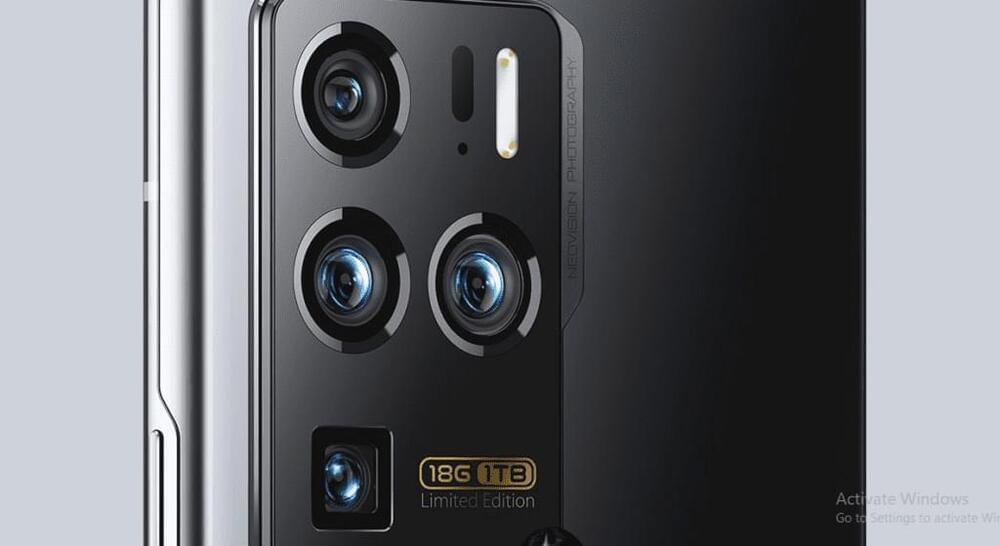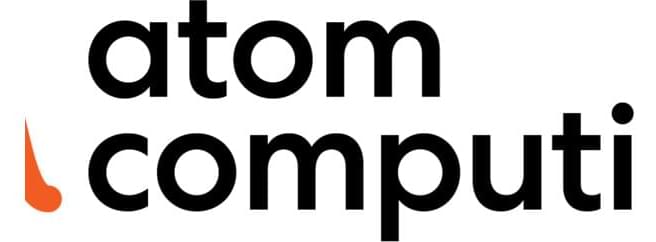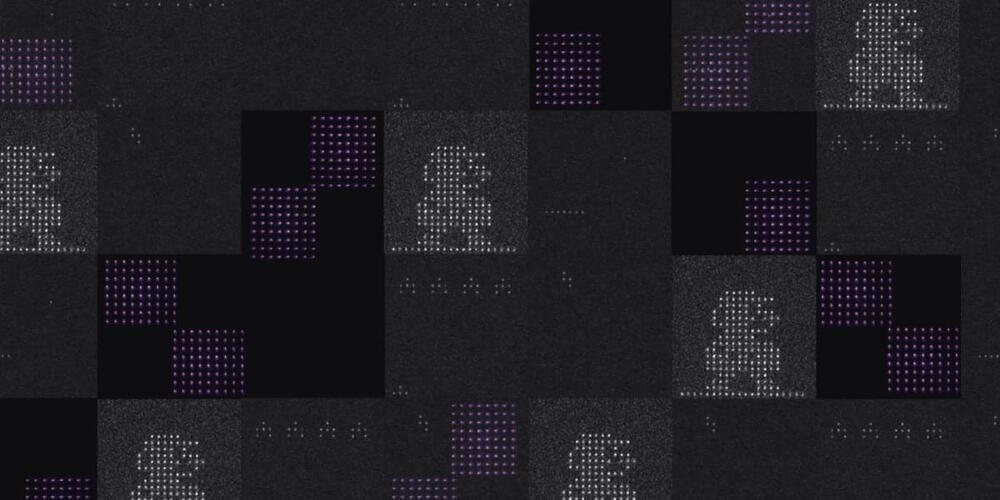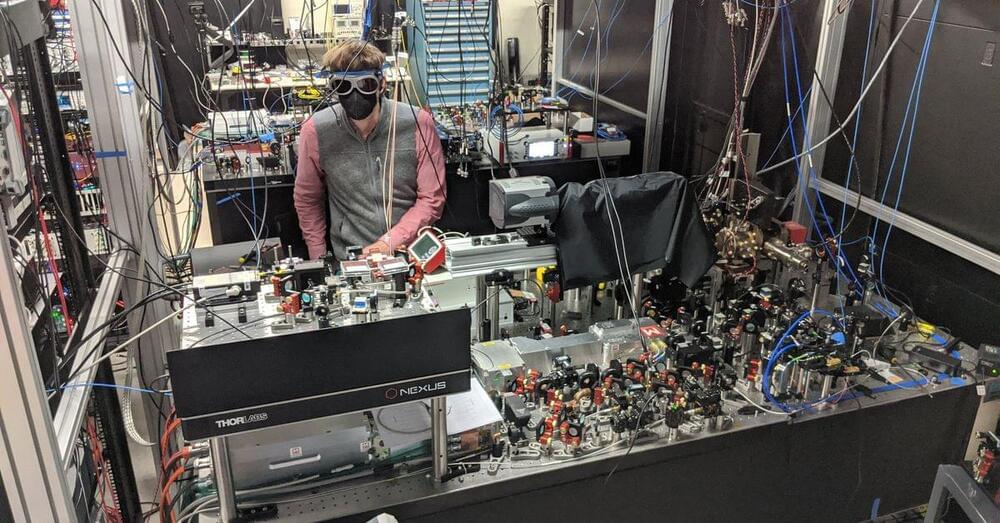While traditional computers use magnetic bits to represent a one or a zero for computation, quantum computers use quantum bits or qubits to represent a one or a zero or simultaneously any number in between.
Today’s quantum computers use several different technologies for qubits. But regardless of the technology, a common requirement for all quantum computing qubits is that it must be scalable, high quality, and capable of fast quantum interaction with each other.
IBM uses superconducting qubits on its huge fleet of about twenty quantum computers. Although Amazon doesn’t yet have a quantum computer, it plans to build one using superconducting hardware. Honeywell and IonQ both use trapped-ion qubits made from a rare earth metal called ytterbium. In contrast, Psi Quantum and Xanadu use photons of light.
Atom computing chose to use different technology — nuclear-spin qubits made from neutral atoms. Phoenix, the name of Atom’s first-generation, gate-based quantum computer platform, uses 100 optically trapped qubits.
Full Story:
Atom Computing describes itself as “a company obsessed with building the world’s most scalable quantum computers out of optically trapped neutral atoms.” The company recently revealed it had spent the past two years secretly building a quantum computer using Strontium atoms as its units of computation.







